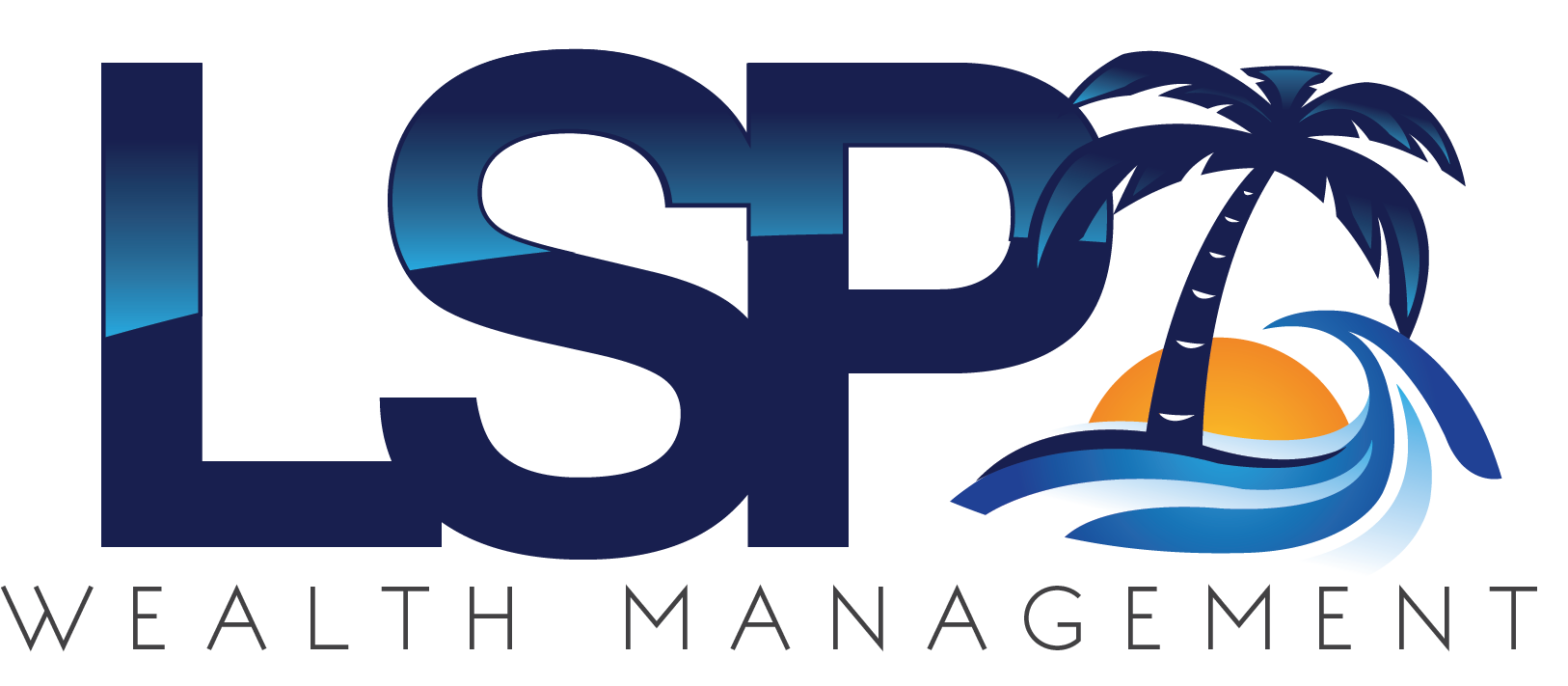Tax Saving Strategies – Top Things to Know
1. If you get a big refund each year, you’re having too much withheld from your paycheck.
In effect, you’re giving the government an interest-free loan.
2. If you have too little withheld, you may be charged an underpayment penalty.
You must pay 90 percent of what you owe for the tax year by the end of that year or an amount equal to 100 percent of your tax liability for the previous tax year, whichever is smaller.
3. Not every dollar of your taxable income is taxed at the same rate.
That’s because portions of your earned income fall into different brackets, which are assigned different tax rates. Generally speaking, the first dollar you make will be taxed at a lower rate than your last dollar. Your marginal tax rate is the tax bracket at which the highest (or last) portion of your income is taxed.
4. Your combined tax bracket determines how much tax you’ll owe on income from investments such as CDs and money market funds.
Your combined bracket is the sum of your top (or marginal) federal tax rate and your top state income tax rate. It may be less if you itemize deductions since you will be able to deduct your state income tax on your federal return.
5. If you file your return by April 15, but don’t pay the tax you owe, you may receive a late payment penalty.
The same goes if you file for an extension. An extension only allows you to file your return after the due date. But full payment is still required by April 15. If you make a partial payment by then, you may be charged interest on the amount outstanding.
6. You can reduce your chances of being audited.
One of the best ways is to fill out your return completely, correctly, and on time every year.
7. You should pay estimated taxes if you’re self-employed; expect hefty investment income or profits from a property sale; or if you don’t have enough taxes withheld to cover the taxes you’ll owe on non-wage-related income.
Retirees should also consider paying them if they haven’t opted for voluntary withholding on their pension or IRA payments. Estimated taxes are due four times a year (April 15, June 15, Sept. 15, and Jan. 15).
8. Your adjusted gross income (AGI) is your total income minus certain “above the line” deductions such as deductible IRA contributions, alimony payments, or health savings account contributions.
Your AGI primarily determines whether or not you’re eligible for tax breaks. Almost every break, be it a deduction, exemption, or a credit, has its own AGI limit.
9. Your taxable income is your AGI minus exemptions and deductions.
The less your taxable income, the less in taxes you’ll owe. That’s why it’s in your best interest to take advantage of tax breaks where you can.
10. A credit is better than a deduction.
A credit is a dollar-for-dollar reduction of the taxes you owe. A $100 credit means you pay $100 less in taxes. A deduction reduces the taxes you owe by a percent of every dollar you’re allowed to deduct.
